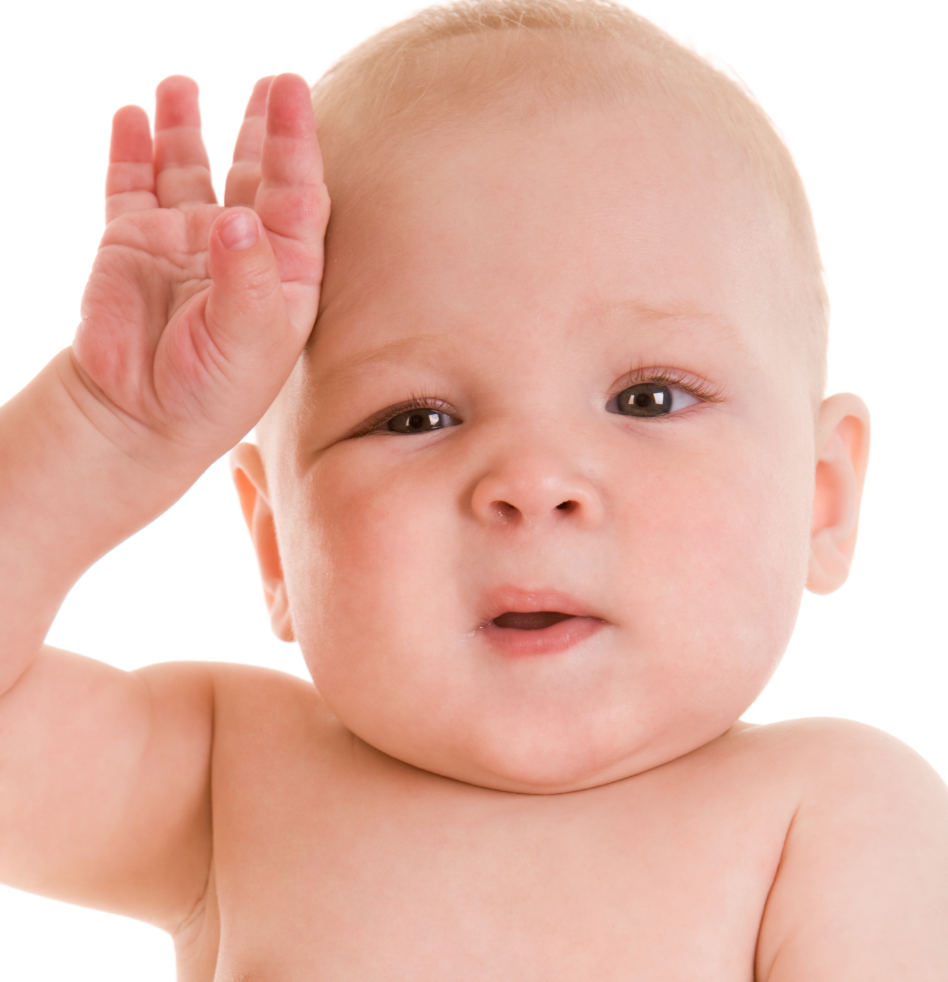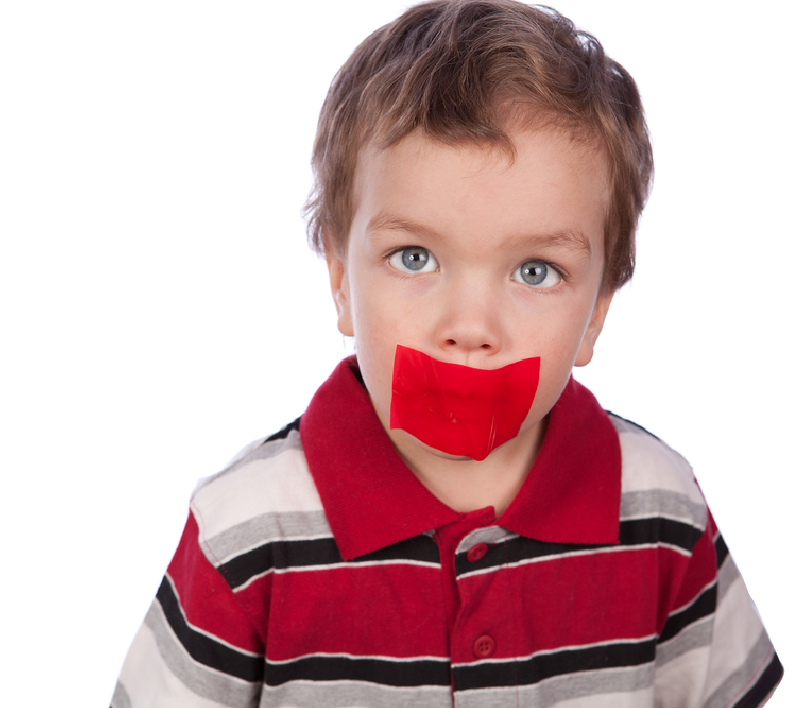I generally don’t put non-food substances in my mouth. But young kids exploring this new world might eat deodorant, nail polish remover, grandma’s pills, or hand sanitizer just in case they might be delicious.
How worried should you be?
Accidentally swallowing a household substance or medication is almost never dangerous to a child, with a few exceptions. There are a number of substances that are particularly dangerous or can be deadly with just a single dose.
Universal Poison Control Phone: 1-800-222-1222
Some household products can burn the esophagus, and a few plants can be toxic. It is impossible for you to know what is safe or when to take action. If a child is not acting normally, call 911. And if your child has swallowed a potentially dangerous substance, never hesitate to call Poison Control. They can advise about ingestions, concerns about skin contact, and even snake bites.
Do not give syrup of ipecac or activated charcoal at home. Ipecac can be dangerous and activated charcoal should be used by a medical professional if it is needed.
Aside from the usual information about poisoning, here are my high-yield recommendations:
-
- Know your child’s approximate weight – if you find your toddler polishing off a 4 ounce bottle of hand sanitizer, Poison Control will need to know the child’s weight to figure out how much hand sanitizer is safe to drink.
- Keep grandma’s purse out of reach – You’ve been careful to keep cleaners and medications out of reach, but Grandma leaves her “bag of candy” on the floor by the sofa.
- No need for poison-warning stickers – these don’t deter children from playing with a container so don’t waste your time putting warning stickers on hazardous materials.
- Survey your home – discard any toxic cleaners, lamp oil or medications that you don’t need.
- Shop wisely – buy the least toxic and smallest bottle of any toxic substance that will get the job done.
- Never call medicine “candy” – don’t confuse a child, use the correct name
- Keep products in their original containers – don’t put inedible toxins in yummy looking food containers.
What did your kid eat that he shouldn’t have? Here are some good ingestions I’ve witnessed:
-
- grandma’s diabetes pills
- eye drops
- hand sanitizer (the whole travel size bottle)
- dish detergent that mom stole from work and put in a Jack in the Box cup
- dad’s tobacco spit from a pepsi bottle
- corn that the child pooped out (yes, he ate his own poop)
How are kids different from adults?
Kids can overdose from even small doses of toxins simply because they are smaller in size. A little baby dose of 1.25ml of acetaminophen is enough to soothe teething pain in a 20-pound baby. On the other hand, your 180-pound grandma needs a lot more medicine for it to be effective. So just one of grandma’s blood-pressure pills will lower her high blood pressure to normal, but it might make little Carlito’s blood pressure dangerously low.
Kids also break down medication differently than adults. Kids’ bodies contain more water and fat than adults and this effects how medications and toxins are distributed throughout their organs and tissues. All their body processes are different: the pH of their stomach, the rate that their intestines move, the bacteria that colonize their gut, and the blood flow to their liver and kidneys are all vastly different from an adult. Every one of these factors makes medications and toxins medications affect children differently than adults.
Want to know more about: Which Household Dangers you May Have Missed?
Toxins with a high “hazard factor”
(from analysis of 3.8 million reports to Poison Control
- Iron
- Tricyclic antidepressants (Elavil – amitryptilene)
- Cardiovascular medications (digitalis, beta blockers, calcium channel blockers)
- Methyl salicylate (oil of wintergreen, Bengay)
- Hydrocarbons
- Pesticides
These may be toxic in just one pill
- Antidepressants: Amitriptyline, Imipramine, Desipramine
- Anti-psychotics: Loxapine, Thioridazine, Chlorpromazine
- Anti-Malarials: Chloroquine, Hydroxychloroquine, Quinine
- Anti-arrhythmics: Quinidine, Disopyramide, Procainamide, Flecainide
- Ca-channel blockers: Nifedipine, Verapamil, Diltiazem
- Camphor
- Narcotics: Codeine, Hydrocodone, Methadone, Morphine
- Oral hypoglycemics: Chlorpropamide, Glyburide, Glipizide






